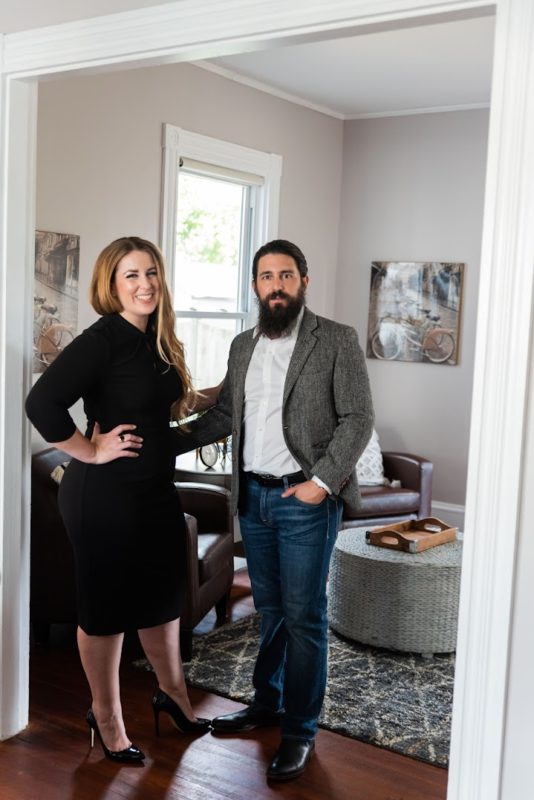Akin to buying homes that have slipped into foreclosure, investing in properties previously owned by hoarders can be a creative way for millennials to achieve homeownership in a challenging housing market.
By Brittany Anas | December 6, 2018
If you do want to seek one out, there are a few terms to look for. Hoarding properties are most often sold “as is” in competitive real estate markets, explains Kate Ziegler, a Realtor with Arborview Realty in Boston, Massachusetts, who has toured hoarder houses as an investor and with buying clients who have interest in renovating the properties.
The biggest challenge when it comes to “as is” hoarder houses is being able to spot problems when the house hasn’t been cleared out before hitting the market, explains Ziegler. There may be some clues about the condition the house is in, like the floor’s conditions or leaks behind packed cabinets. However there might be years of neglect hidden that can’t be fixed with fresh paint. Also, structural concerns might come into play.
The biggest challenge when it comes to “as is” hoarder houses is being able to spot problems when the house hasn’t been cleared out before hitting the market, explains Ziegler. There may be some clues about the condition the house is in, like the floor’s conditions or leaks behind packed cabinets. However there might be years of neglect hidden that can’t be fixed with fresh paint. Also, structural concerns might come into play.
“I once toured a multi-family property I was considering as an investment where an existing, long-time tenant had books stacked five feet high throughout the entire space, with 18-inch walkways between rooms,” Ziegler says. “The weight of the books was causing visible structural damage in the unit below. We passed on that property.”
Continue to Apartment Therapy for the full list.


